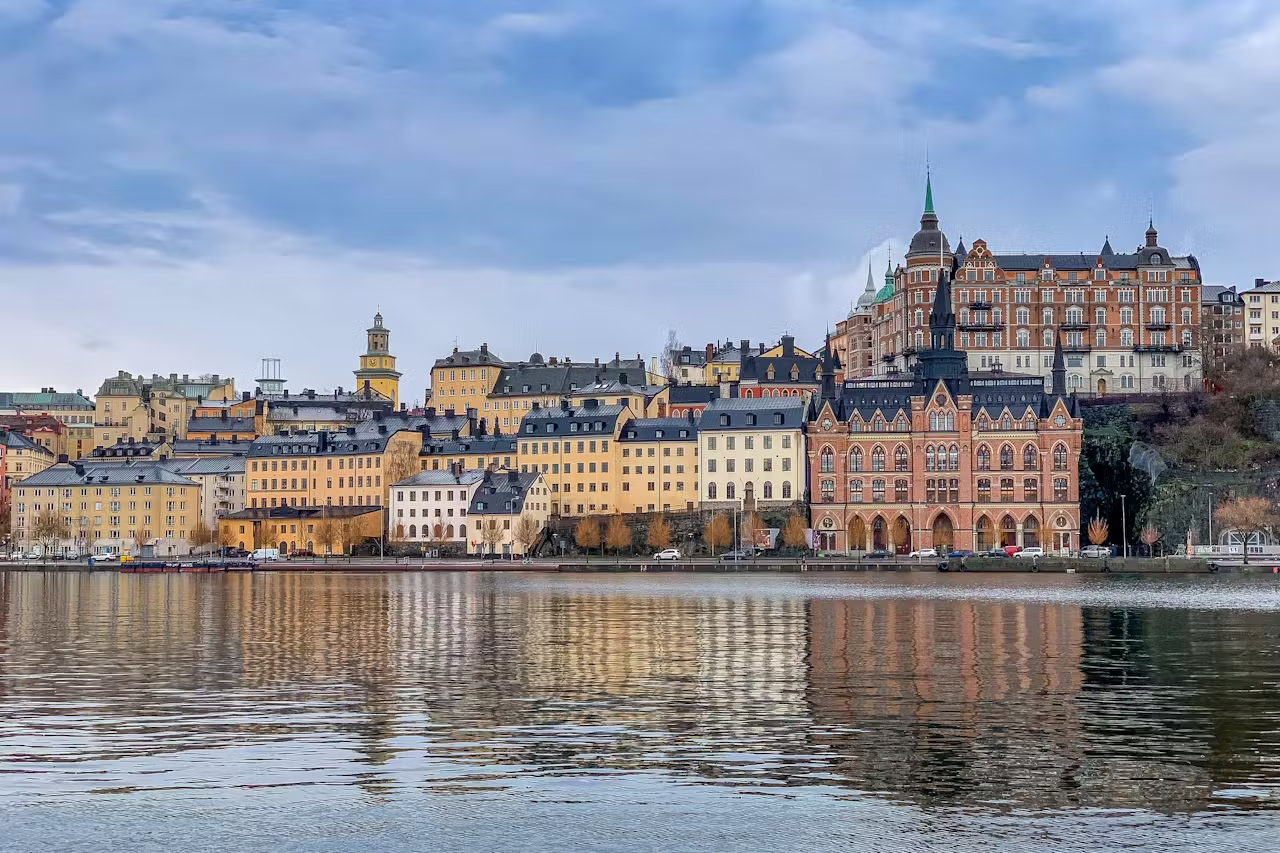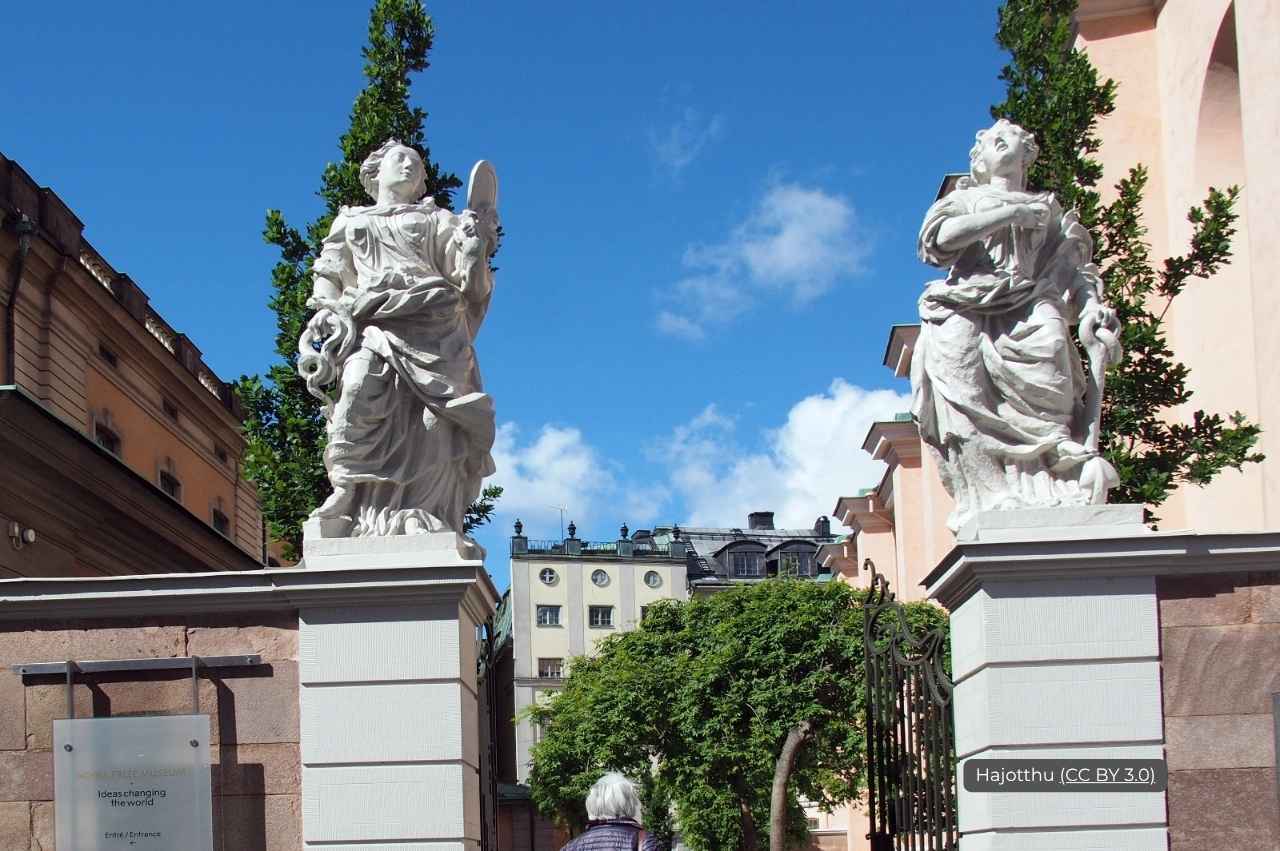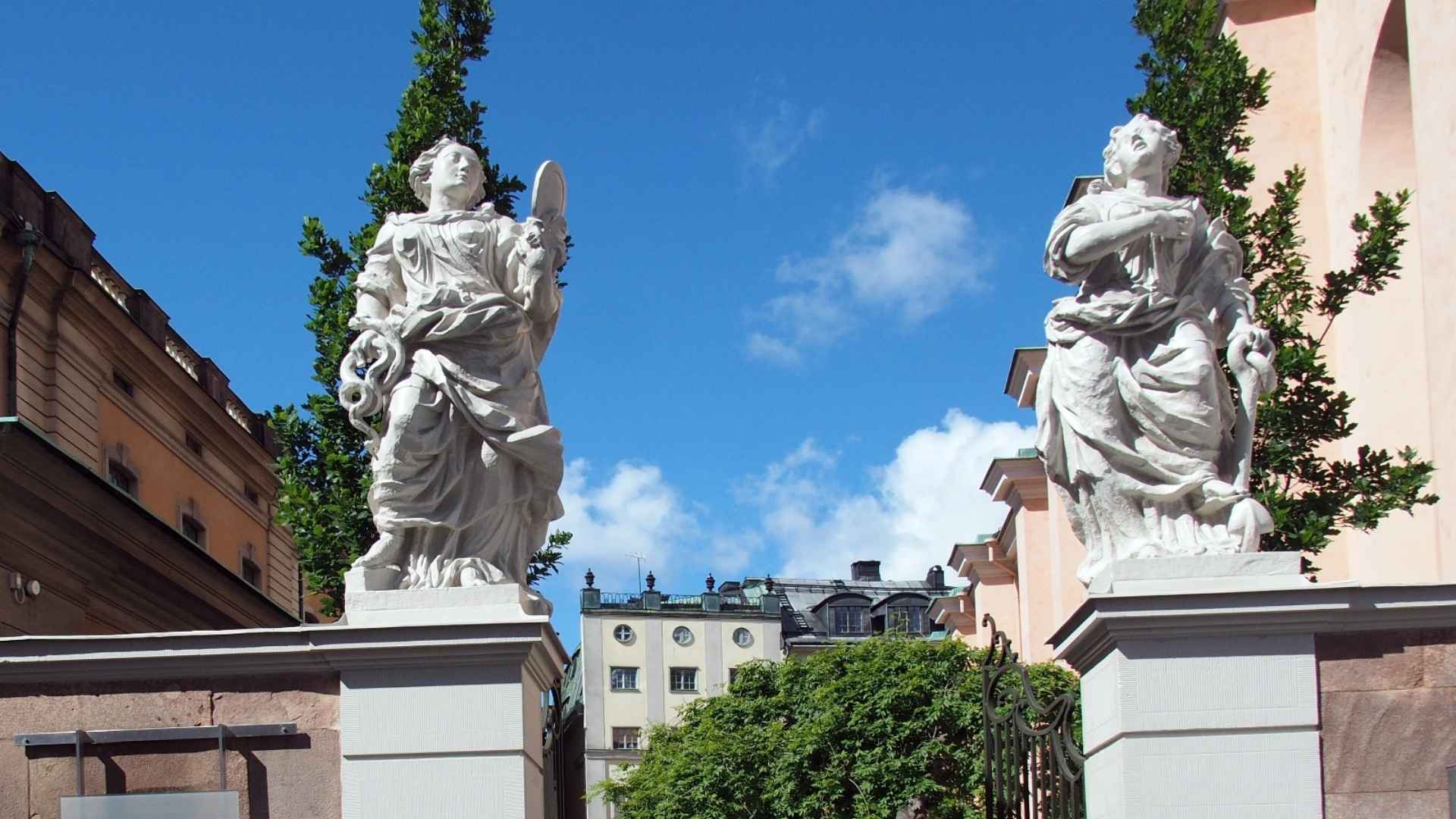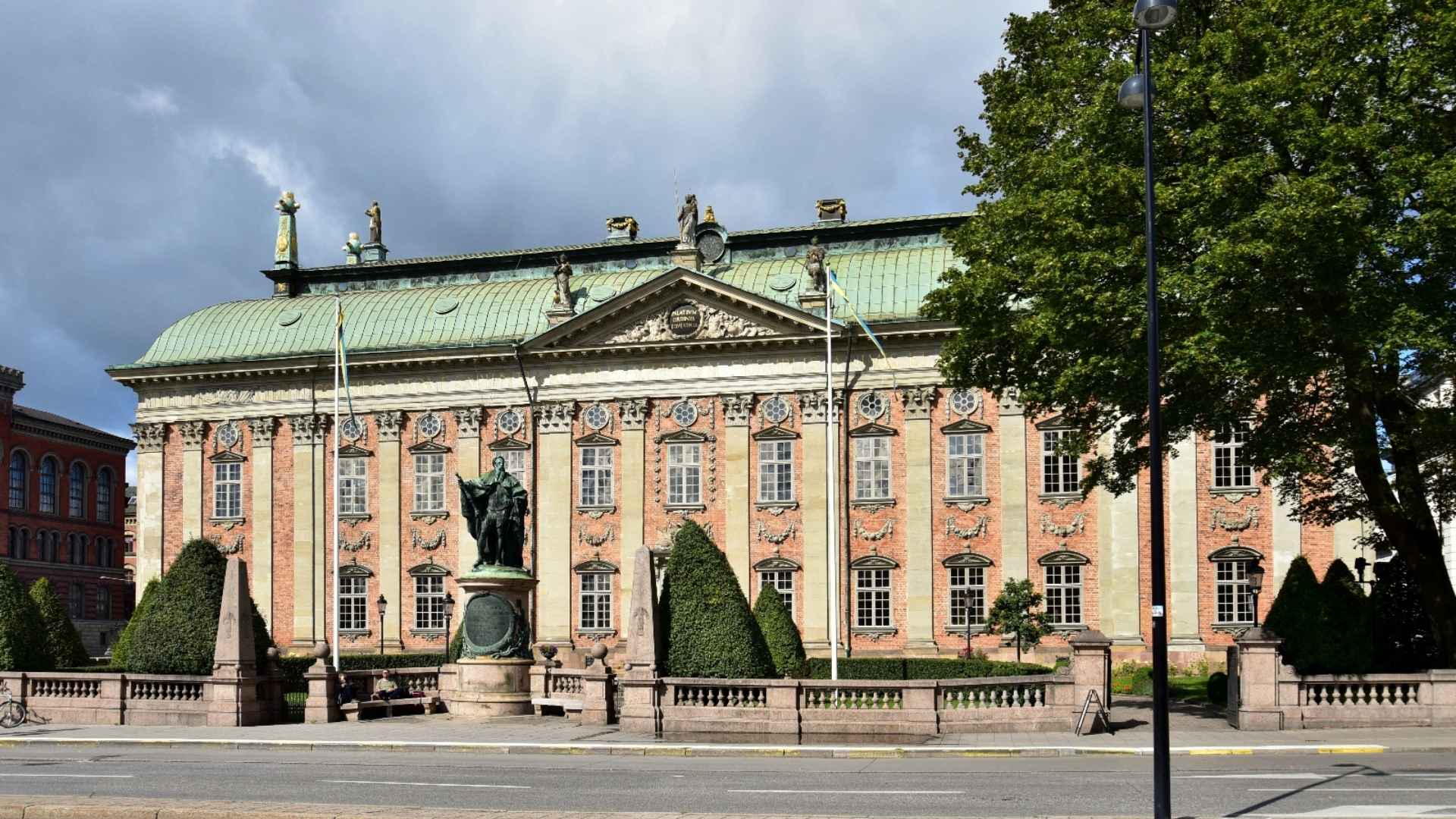TLDR
The Nobel Prize Museum in Stockholm showcases laureates' achievements, controversies, and Alfred Nobel's legacy. Located on Stortorget, it's small but fascinating for those interested in science, literature, and peace.
The Nobel Prize Museum occupies a modest building on Stortorget, and honestly, you might walk past it expecting something grander.
This isn't the Louvre. But what it lacks in size, it makes up for in stories about human achievement, political controversy, and the complicated legacy of a man who invented dynamite.
After visiting several times, I've learned that the museum rewards curious visitors more than those seeking flashy exhibits. It's thought-provoking rather than entertaining, which is either perfect or disappointing depending on what you want.
What is the story behind Nobel Prize Museum?

The Nobel Prize Museum opened in 2001 in the former Stock Exchange building on Stortorget in Gamla Stan. It tells the story of Alfred Nobel, the Swedish chemist who invented dynamite and established the Nobel Prizes in his 1895 will.
Nobel wanted his fortune to fund annual prizes recognizing achievements in physics, chemistry, medicine, literature, and peace. The first prizes were awarded in 1901. The museum showcases laureates' work and personal stories through exhibits, artifacts, and multimedia displays.
It's managed by the Nobel Foundation, which also oversees the prize ceremonies. The museum's relatively recent opening reflects growing interest in making Nobel's legacy accessible beyond academic circles.
Is the Nobel Prize Museum free?
No, the Nobel Prize Museum charges admission. Adult tickets cost approximately 130-140 SEK (around $12-14). Students and seniors get discounts. Children under 18 enter free, which is nice. Guided tours cost extra.
The museum cafe is famous among Stockholmers but not included in admission. Compared to Stockholm's major museums like Vasa or ABBA charging similar prices, the Nobel Prize Museum is smaller with fewer exhibits. The price feels steep for what you get unless you're deeply interested in the subject matter.
Some visitors feel it should be free given the Nobel Foundation's resources and the prizes' importance. Stockholm Pass includes admission if you're using that.
What to see in the Nobel Prize Museum?
The museum displays laureates' personal items, discovery stories, and Nobel's own history. Chairs suspended from the ceiling feature short laureate biographies. Interactive screens let you explore prize winners by category and year.
The "Cultures of Creativity" exhibit examines how laureates work and think. Nobel's will is displayed along with information about his dynamite invention. Temporary exhibitions rotate, focusing on specific laureates or themes. The video room shows interviews with prize winners.
A section covers controversies like rejected nominees and disputed prizes. The gift shop sells books and educational materials. The museum cafe supposedly has chairs signed by laureates underneath the seats.
It's compact, taking 60-90 minutes to see everything thoroughly.
Who is the only person to have declined the Nobel Peace Prize?
Vietnamese politician Le Duc Tho declined the 1973 Nobel Peace Prize, making him the only person to refuse the Peace Prize specifically. He was awarded jointly with Henry Kissinger for negotiating the Vietnam War peace agreement.
Le Duc Tho refused because peace hadn't actually been achieved in Vietnam at that time. He's one of only two people to voluntarily decline any Nobel Prize. Soviet author Boris Pasternak declined the Literature Prize in 1958 under pressure from the Soviet government, though he wanted to accept. Several laureates have been forced by their governments to refuse prizes.
The museum addresses these controversies, showing the prizes' political complications. It's less straightforward than the genius-gets-prize narrative suggests.
What is the #1 museum in the world?
Museum rankings vary by methodology and personal preferences, making a definitive "#1" impossible. TripAdvisor and similar sites frequently rank the Louvre, British Museum, Metropolitan Museum of Art, or Smithsonian museums highest based on visitor reviews.
The Nobel Prize Museum doesn't rank among the world's top museums by any metric. It's specialized, small, and primarily appeals to visitors interested in scientific achievement, Swedish history, or the Nobel legacy specifically. Compared to Stockholm's own Vasa Museum (which does rank highly internationally), the Nobel Prize Museum is more niche.
It's a good museum for what it does but not a bucket-list world museum. Managing expectations matters here.
What makes the Nobel Prize Museum special?

The museum's strength is its focus on creativity, innovation, and the human stories behind discoveries. Learning about laureates as people rather than just their achievements makes it engaging. The controversies section is surprisingly honest about the prizes' limitations and political problems.
For visitors interested in science, literature, or peace activism, seeing how laureates worked and thought provides inspiration. The museum succeeds at being educational without being dry. However, it's not special in terms of architecture, artifacts, or presentation quality compared to Stockholm's other museums.
Its value depends entirely on your interest level in the subject matter. Science enthusiasts love it. General tourists might find it skippable.
When is the best time to visit?
The museum is open year-round with consistent hours, typically Tuesday-Sunday (closed Mondays). Summer (June-August) brings maximum tourists but the museum rarely feels unbearably crowded given its modest size. Weekday mornings offer the quietest experience.
December brings increased interest due to the Nobel Prize ceremonies happening in Stockholm. Special exhibitions might make certain periods more interesting depending on current topics. The museum takes 60-90 minutes, so timing isn't critical like it would be for an all-day museum.
Visit during your Gamla Stan exploration rather than planning around it specifically. Weather doesn't matter since you're indoors. Early afternoon works well after seeing outdoor Gamla Stan sights in the morning.
How much time do you need?
Most visitors spend 60-90 minutes in the museum. You could rush through in 45 minutes if you're just hitting highlights. Thorough visitors taking time with every exhibit and watching videos might spend two hours. The cafe adds 30-60 minutes if you stop for fika.
I typically budget 90 minutes which feels right for seeing everything without rushing but not getting bogged down in every detail. The compact size means you won't get exhausted like in sprawling museums. However, the density of information means you can't mindlessly wander. You're reading, watching, and thinking throughout.
If you're only mildly interested, 45-60 minutes suffices. If you're fascinated by the topic, two hours might fly by.
What else should you see nearby Nobel Prize Museum?
Gamla Stan packs Stockholm's medieval and historical attractions into a highly walkable area. Beyond the Nobel Prize Museum, essential nearby sites include:
- Stortorget square where the museum sits, with colorful buildings
- Stockholm Cathedral, Sweden's coronation church from the 1200s
- Royal Palace with museums and changing of guards
- The German Church showcasing baroque architecture
- Riddarhuset (House of Nobility) representing Swedish aristocracy
Everything is within a 5-10 minute walk. The Nobel Prize Museum works well combined with Gamla Stan exploration rather than as a standalone destination. You'll pass through Stortorget regardless, making museum access convenient.
Is it worth seeing Nobel Prize Museum?

Worth seeing if you're interested in science, innovation, or Swedish culture. The laureate stories are genuinely fascinating if you engage with them. The museum does a good job explaining complex achievements accessibly.
However, if you're not particularly interested in the Nobel Prizes, the admission price and time investment might not feel justified. Stockholm has more impressive museums like Vasa or Skansen that offer broader appeal. The Nobel Prize Museum is specialized, small, and text-heavy. It's a thinking person's museum rather than a visual spectacle.
For families with children, it's probably too dense unless your kids are unusually interested in science. For adults curious about innovation and achievement, it delivers solid value.
Explore Stockholm's Gamla Stan with StoryHunt
Want to discover Stockholm's old town with expert audio guidance? StoryHunt's Personal Tour Guide creates customized audio walks through Gamla Stan's historic streets based on your interests - whether that's royal history, the Nobel Prize legacy, medieval architecture, or Swedish innovation.
The interactive map guides you from the Nobel Prize Museum to Stockholm Cathedral, Stortorget, and the Royal Palace with stories about Swedish science, literature, and the complex history behind the world's most prestigious prizes. Explore at your own pace, stop for traditional Swedish fika, and create an experience shaped by your curiosity.

.webp)











.avif)





